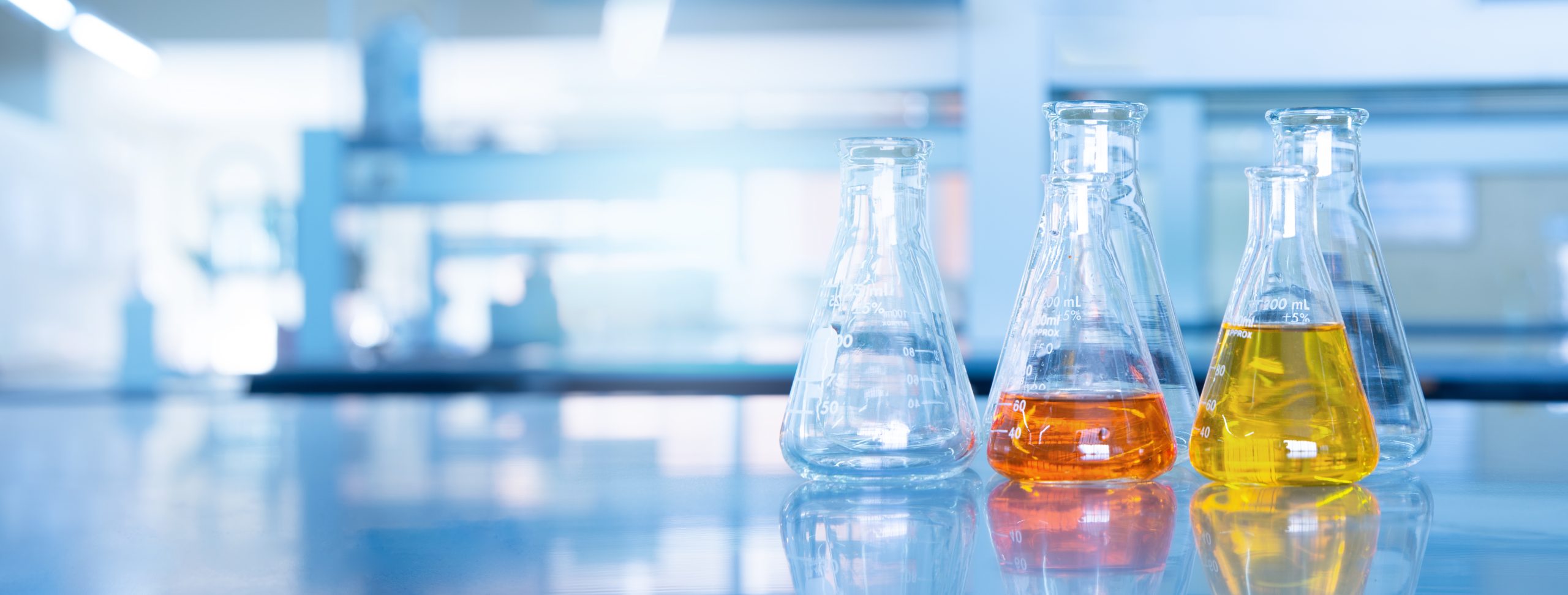Methanesulfonic Acid
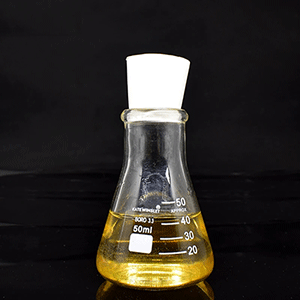
Specifications
| Item | Index |
| CONTENT | ≥99% |
| Sulfate | ≤30ppm |
| Fe | ≤5ppm |
| Heavy metal(Pb) | ≤5ppm |
| Color | ≤20Hazen |
| Chloride | ≤10ppm |
Packing & Storage
| Packing | In 250kg drum | |||||||
| Storage | 20℃, 1-2 years. | |||||||
| Shipping | Room temperature in China; may vary elsewhere | |||||||
Free Quote
For samples, pricing, or more information, please call us at 0086 25 51192301 or mail to info@ascent-chem.com or fill out the following form.
We will respond to you as soon as possible.
Tel: 0086 25 51192301
E-mail: info@ascent-chem.com
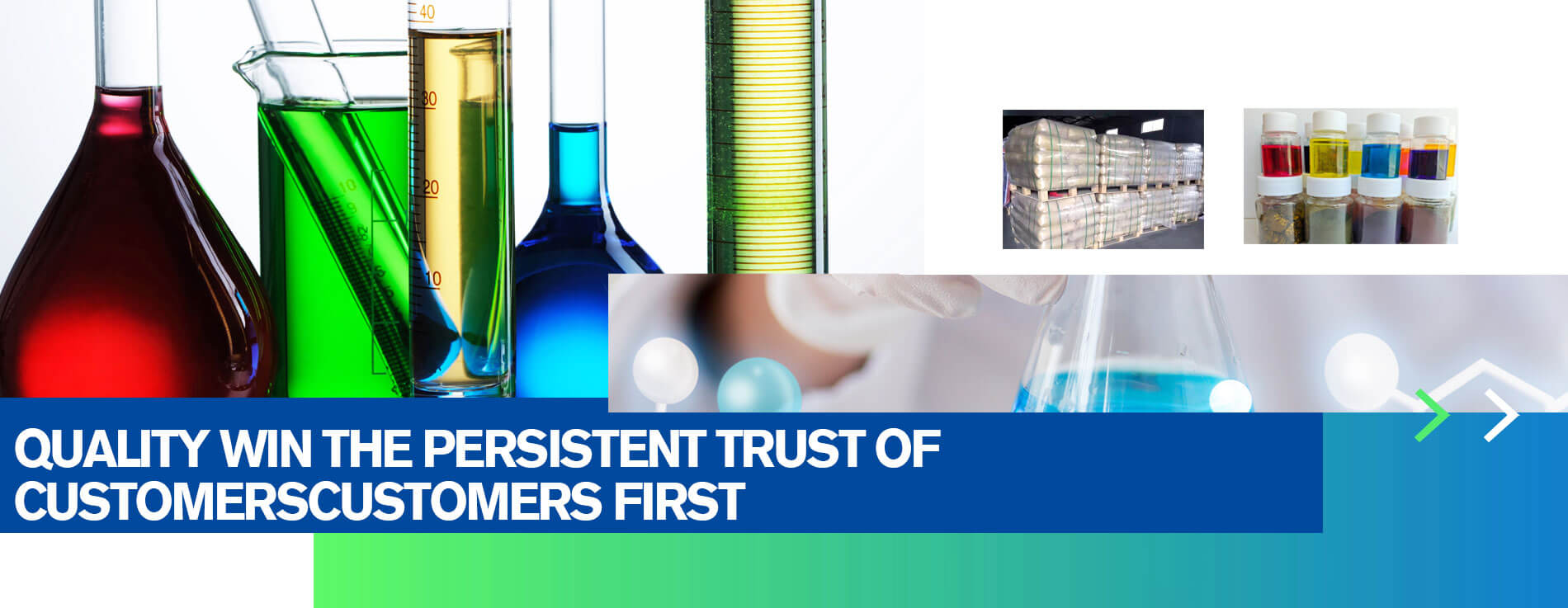
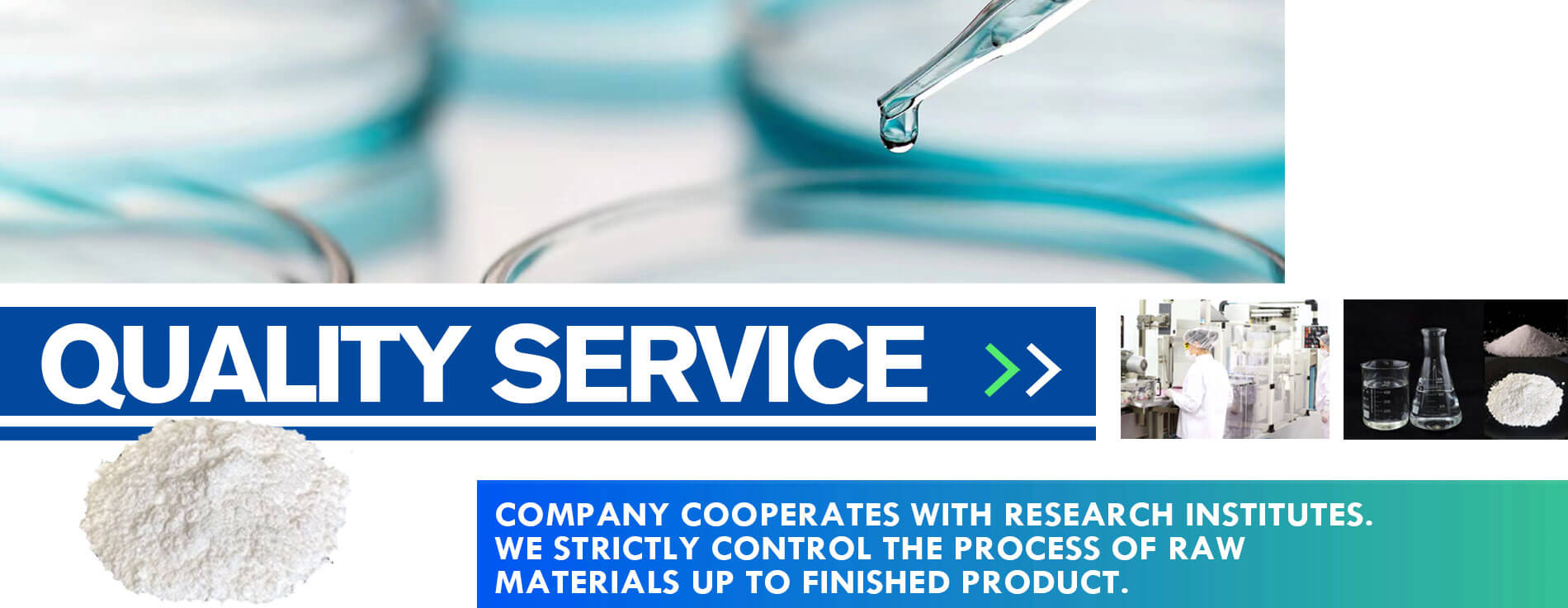

General Information
| Common Names | Methanesulfonic Acid| methane sulfonic acid | ||||||
| Structure | |||||||
| CAS No. | 75-75-2 | Boiling Point (℃) | 167 °C | ||||
| Molecular Weight | 96.106 | Melting Point (℃) | 19 °C | ||||
| Appearance | Yellowish transparent liquid | Vapor Specific Gravity | 1.5±0.1 g/cm3 | ||||
| HS Code | 2930909099 | Flash Point (℃) | >230 °F | ||||
| Solubility | Autoignition Temperature (℃) | ||||||
| Safety Phrases | S26-S36-S45-S1/2-S36/37/39 | ||
| RIDADR | UN 3265 8/PG 2 | ||
| WGK Germany | 1 | ||
| Packaging Group | III | ||
| Hazard Class | 8 | ||
| SYMPTOMS | PREVENTION | FIRST AID | |
| Inhalation | Cough. Sore throat. | Use local exhaust or breathing protection. | Fresh air, rest. |
| Skin | Redness. Burning sensation. Itching. | Protective gloves. | Remove contaminated clothes. Rinse and then wash skin with water and soap. |
| Eyes | Redness. Pain. | Wear safety goggles. | First rinse with plenty of water for several minutes (remove contact lenses if easily possible), then refer for medical attention. |
| Ingestion | Abdominal pain. Nausea. Vomiting. | Do not eat, drink, or smoke during work. Wash hands before eating. | Rinse mouth. Induce vomiting (ONLY IN CONSCIOUS PERSONS!). Refer for medical attention . |
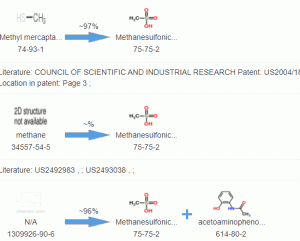
Frequently Asked Questions
Q: What is Methanesulfonic acid used for?
A: MSA Methanesulfonic acid is a raw material for medicine and pesticides, and it can also be used as a dehydrating agent, a coating curing accelerator, a fiber treatment agent, and a solvent.
Q: How do you store methane sulphonic acid?
A: It should be stored in a cool, dry, and well-ventilated special warehouse. Keep far away from fire and heat sources. It should be stored separately from oxidants, alkalis, and amines, and should not be stored mixed. Equipped with the appropriate variety and quantity of fire equipment. The storage area should be equipped with leakage emergency treatment equipment and suitable containment materials.
Q: The emergency measures?
Skin contact: Take off contaminated clothing immediately, wash the contact point with plenty of running water at least 15 minutes. Seek medical advice.
Eye contact: Immediately lift the eyelids and rinse thoroughly and persistently with plenty of running water or normal saline at least 15 minutes and seek medical attention.
Inhalation: Get out of the scene and into the fresh air. Keep airway open. If breathing is difficult, give oxygen. If the breathing stops, give artificial respiration immediately and seek medical attention.
Ingestion: Rinse your mouth with water and drink milk or egg whites, and seek medical attention.
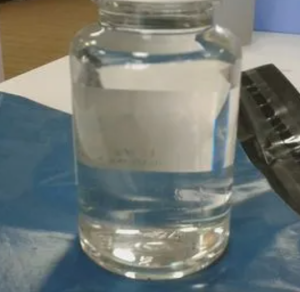
Q: Leakage emergency treatment?
Quickly evacuate the personnel in the contaminated area to a safe area, quarantine and strictly restrict the entry and exit of personnel. Cut off the fire source. It is recommended that emergency personnel wear self-contained positive pressure respirators and anti-acid and alkali overalls. Cut off the source of the leak as much as possible. Prevent it from flowing into restricted spaces such as sewers and flood drains if it is a liquid.
Small spills: Mix with sand, dry lime or soda ash. It can also be washed with a large amount of water, neutralized and diluted with alkali, and then put into the waste water system.
Large amount of leakage: Construct dikes or dig pits for containment. Transfer it to a tank truck or a special collector by a pump, and recycle it or transport it to a waste treatment site for disposal. If it is solid, mix with sand, dry lime or soda ash and sweep up carefully. If there is a large amount of leakage occurs, collect and recycle or transport to a waste disposal site for disposal.

